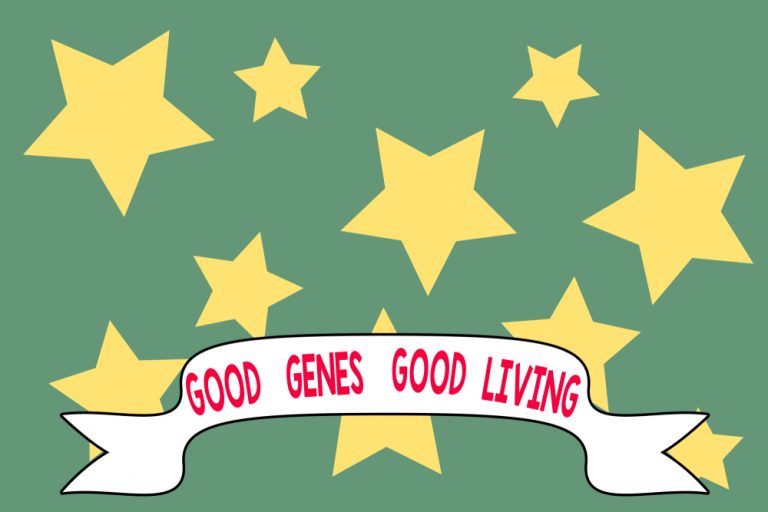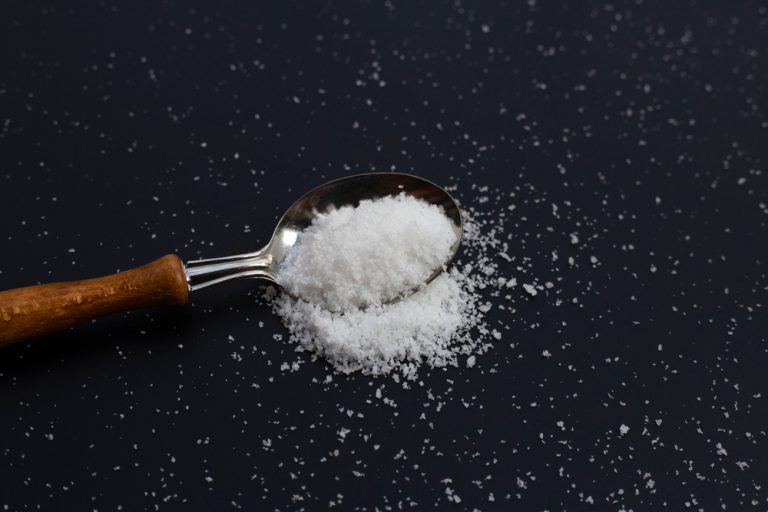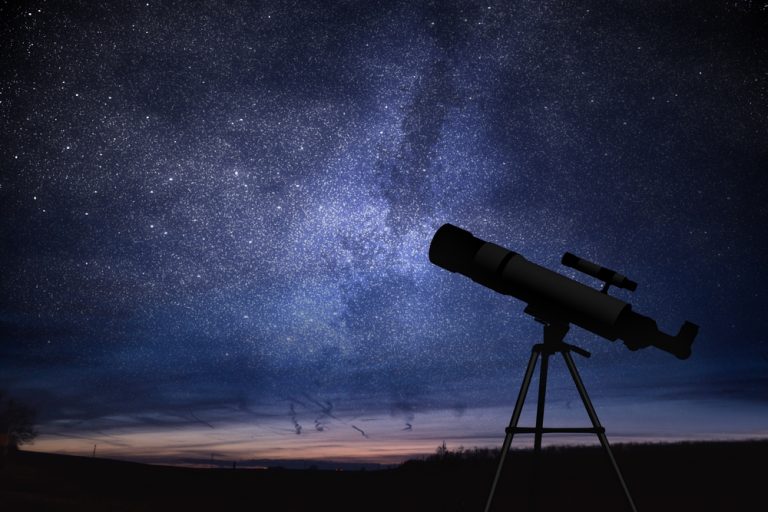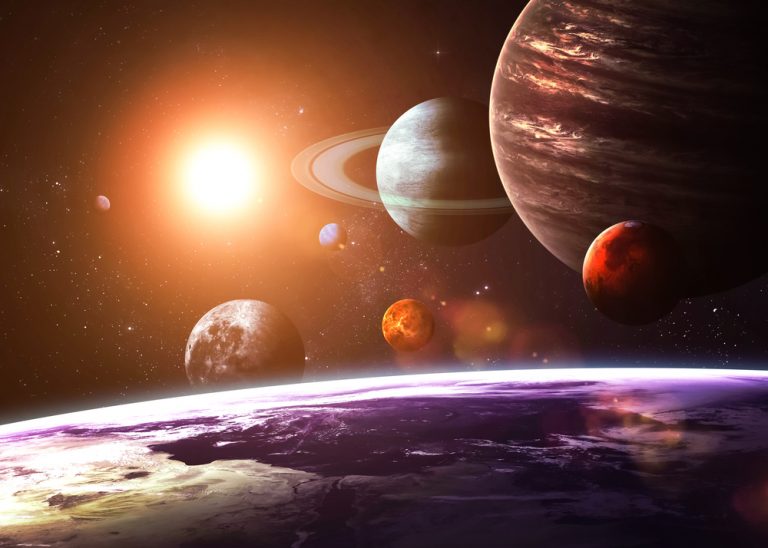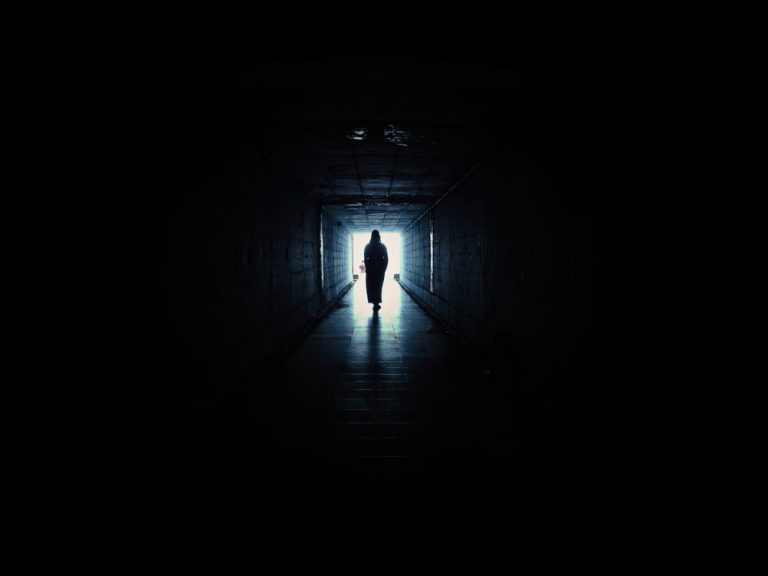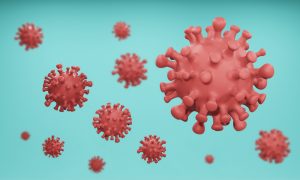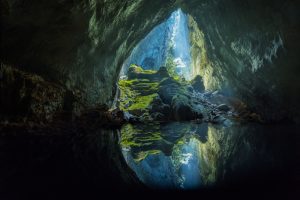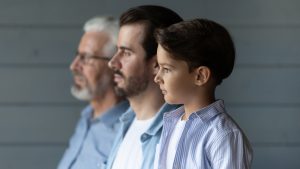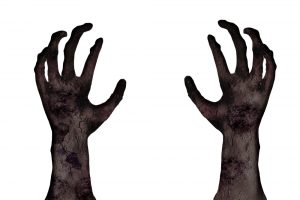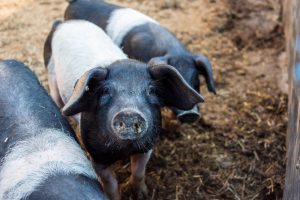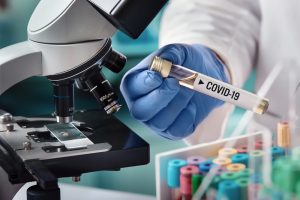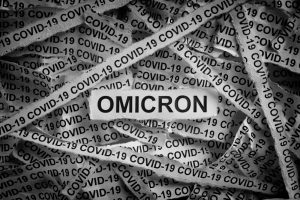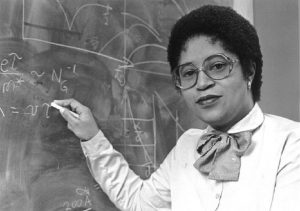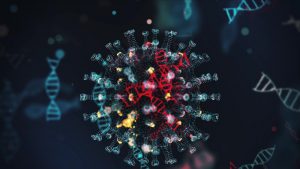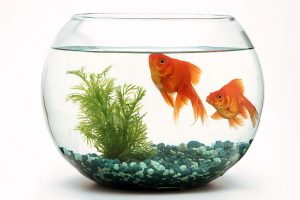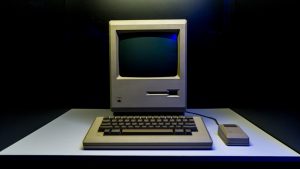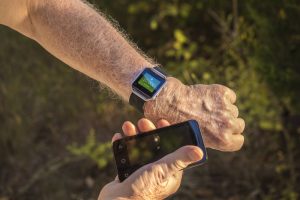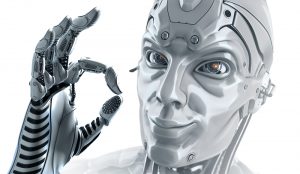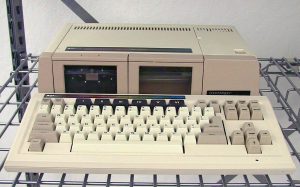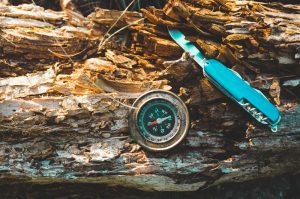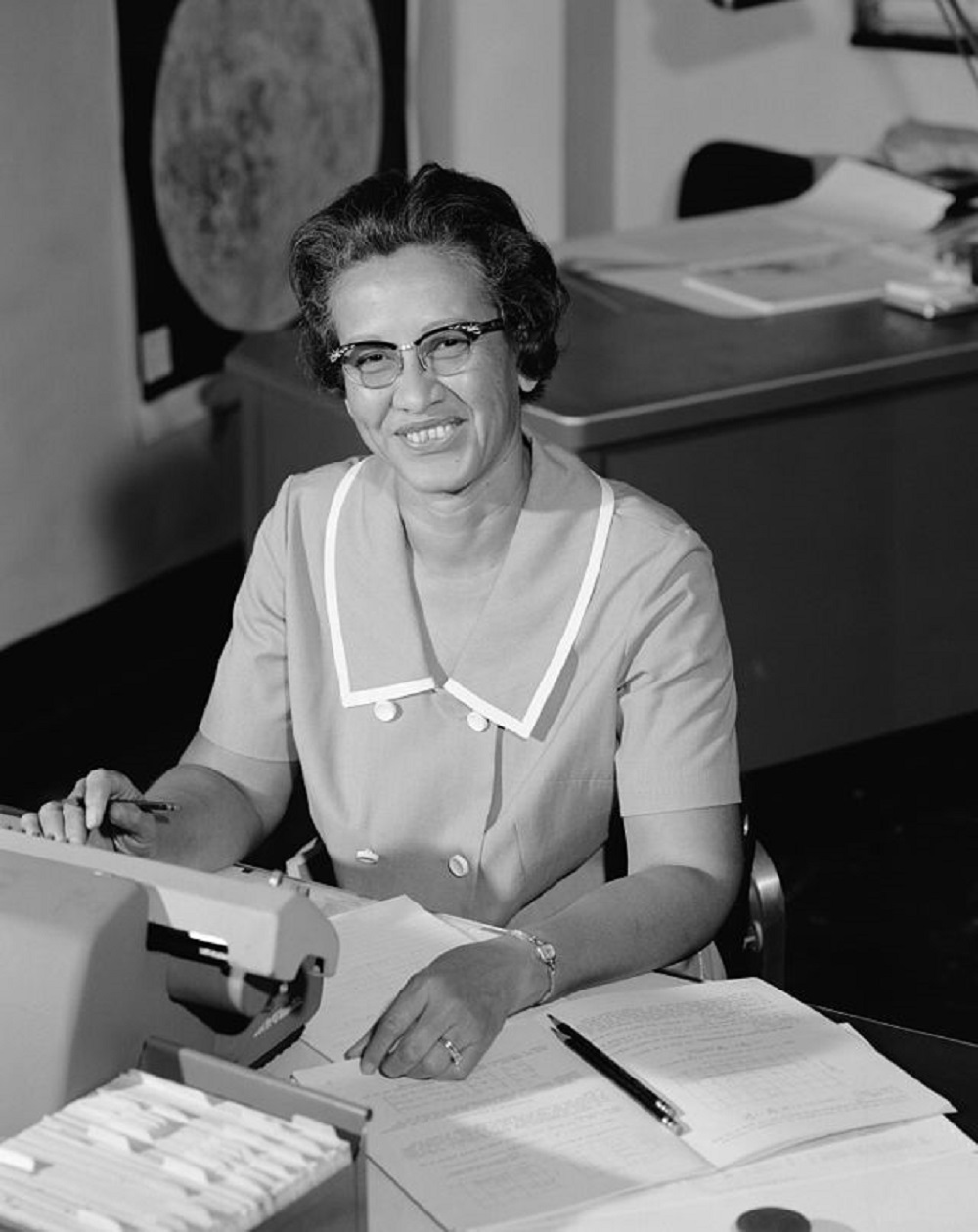
Katherine Johnson, Mathematician
Katherina Johnson was born in 1918, in White Sulphur Springs, West Virginia, United States. She was part of the U.S. space program for more than three decades, working on analyzing flight paths. Thanks to Johnson’s work, we’ve been able to send astronauts to the Moon.
Her love for numbers started when she was just a child, in fact, she started high school at 10 years old, and graduated with the highest honors from West Virginia State College at the age of 18, earning two bachelor’s degrees in both mathematics and French.
She married James Goble in 1939 and wanted to start a family, which she did, as the two had three children together. Unfortunately, Globe died in 1956, which lead to her marrying James Johnson three years later.
She was the first African American woman who executed complicated mathematical calculations in an engineering program at the National Advisory Committee for Aeronautics (NACA)’s West Area Computing unit. Her research has lead to the development of the early space program in the United States.
Johnson was also a member of NASA’s Space Task Group, where she worked on finding the calculation for placing the spacecraft into the orbit, and then started working in NASA’s Mercury program.
Her calculations also helped to put Alan B. Shepard, Jr., the first astronaut in space. She also worked with John Glenn, making him the first astronaut to orbit Earth. Johnson was also part of the Apollo 11 mission from 1969 when three men were sent to the moon for the first time in history. None of these events have been possible without her. She retired from NASA in 1986.
NASA named a building after her in 2006, calling it the Katherine G. Johnson Computational Research Facility. She also received many honors for her contribution to science, including the Presidential Medal of Freedom (2015).
Johnson died on February 24, 2020, at a retirement home in Newport News. She lived 101 years. After her death, NASA named her “an American hero” adding that “her pioneering legacy will never be forgotten.”
Make sure to also check: 5 NASA Inventions Everyone Has in Their Home.

